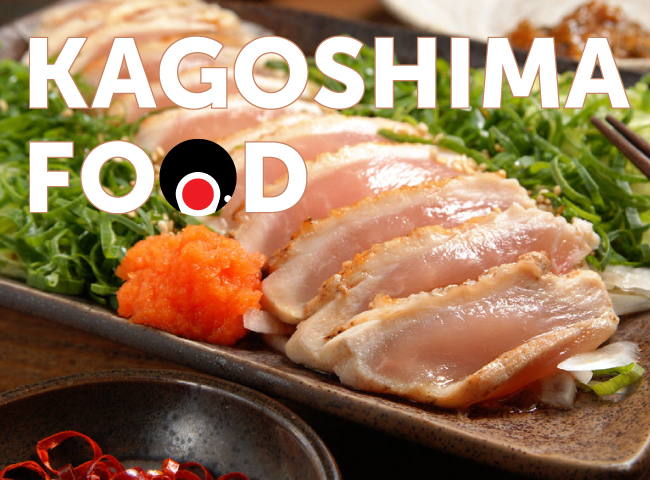Miso Paste: Exploring Japan’s Most Loved Ingredient


Sipping on a steaming bowl of miso soup for most Japanese people evokes not just a taste memory, but an emotional memory—one of nourishment, tradition, and family. It’s an essential component of the Japanese diet, and is enjoyed as a light breakfast, snack, or accompaniment to a meal. The central ingredient of miso soup—miso paste—is one of the most fundamental ingredients in Japanese cooking. Made essentially from fermented soy beans, miso paste is nutritionally dense, with a uniquely salty and umami flavor that makes it ideal for a variety of dishes. It’s for these reasons that this wondrous paste has recently been gaining worldwide popularity.
What Is Miso Paste?
To make miso paste, soybeans are soaked, cooked, and mashed before adding salt and koji—a “starter”—to activate the fermentation process. Miso paste is then typically aged from six months to three years.

Different types of starters produce different varieties of miso. Mame-miso is an all-soybean miso with a strong taste. Mugi-miso is made with a barley starter and has a distinctly sweet barley flavor. Kome-miso is miso paste made with a rice grain starter, and is the most popular variety in Japan.
The Difference between White, Awase, and Red Miso

The color of miso varies greatly along the spectrum from white to yellow, red and brown, depending on the ingredients used and length of fermentation. Shiro-miso (white miso), made from soybeans and rice, is fermented for a shorter amount of time than darker varieties. Milder in flavor, with a touch of sweetness, it’s best suited for lighter soups, dressings and sauces. Aka-miso (red miso) has a reddish-brown color, which may result from a longer fermentation process, a higher soybean component, or the addition of barley instead of rice. It’s known for its strong umami flavor and saltiness, making it perfect for heartier dishes. In addition to these varieties, awase-miso (mixed miso) can be made blending two or more types of miso paste together, and is useful for various cooking applications.
How to Use Miso Paste
Miso paste is a versatile ingredient that’s used in a wide variety of dishes, from soups to pickles and even desserts.
Soups

Miso soup is a staple dish served with most Japanese meals. It’s a very simple soup of miso mixed with dashi broth or hot water, and may also include wakame seaweed, sliced spring onion, and cubes of tofu. Many people enjoy miso soup with a blend of red and white miso or a pre-blended awase-miso for convenience. Similar miso-based soups include tonjiru, made with pork and typically served with pork dishes like fried tonkatsu cutlet, as well as shijimi-jiru, a type of miso soup made with clams.
Hot Pots and Noodles

Miso is used as the base flavoring in hot pot-style dishes like nabe, and noodle dishes like ramen and udon. Ishikari nabe is a similar winter stew from Hokkaido made from salmon and Hokkaido vegetables cooked in a white miso broth. The central Chubu region of Japan has a dish called houtou, which consists of flat udon noodles, kabocha pumpkin, and a red miso broth, served in a hot iron vessel.
Sauces, Dressings and Marinades

Miso is a popular ingredient in sauces and glazes for Japanese dishes like miso-katsu, a deep-fried pork cutlet in red miso sauce, and gohei-mochi, a type of grilled pounded rice cake glazed in sweet miso. Miso can also be used to make a simple Asian dressing—just mix together white miso with an acid like vinegar or lemon juice, grated ginger, salad oil, and a bit of sesame oil. A miso marinade is equally simple, requiring only three ingredients: miso, sake, and sugar or mirin (a sweetened rice wine). White miso is recommended for fish and other seafood, while a strong dark red miso is perfect for beef, and can add a delicious “aged” flavor to meat.
Pickles

Misozuke is a simple way to pickle vegetables in miso paste. The pickling bed is prepared by mixing a high-quality red miso with mirin and other seasonings. Anything from cucumber to eggplant and daikon radish can be added to the pickling bed, although firmer vegetables like carrots should be parboiled prior to pickling. Tofu can also be cured in miso for several months up to two years in a dish called tofu misozuke, a delicacy found in Japan’s Fukuoka region. The pickled tofu takes on a deeply concentrated flavor and a texture like soft cream cheese.
Desserts

Miso can even be used to make incredible desserts, like miso butterscotch, a sweet and salty treat made with white miso and brown sugar. Modern miso fusions also include miso brownies, which pack a salty and buttery chocolate flavor, sweet and mildly salty miso ice cream, and complexly flavored miso cheesecake.
Simple Miso Soup Recipe
For 2 people
Ingredients
・2 tablespoon miso paste
・Dashi broth or water
・1 teaspoon dried wakame seaweed
・1 spring onion, finely sliced
・100 grams (3.5 ounces) tofu, cubed
Instructions
1.Combine the dried wakame seaweed with warm water in small bowl. Let stand for 15 minutes to rehydrate, then drain.
2.Place a saucepan of 500 ml dashi broth or water over a medium-high heat and bring to a boil.
3.Reduce the heat to medium-low, add miso paste and whisk to combine.
4.Add the wakame seaweed and tofu. Simmer on a low heat for 1–2 minutes, until the tofu has warmed.
5.Remove the miso soup from the stove and divide between bowls. Top with finely sliced spring onions to serve.
Tip: Avoid boiling the liquid after you add the miso, as this changes the flavor and health benefits.
How to Buy Miso Paste

Miso can be found in the refrigerated section of almost any Japanese or international supermarket and the international section of many grocery stores, at specialty food and import stores, as well as through online retailers. Those looking for one basic miso to start with should seek out a good white miso, as it’s the most versatile for cooking. Make sure to look for unpasteurized miso as the pasteurization kills off healthy active cultures, and organic miso if trying to avoid GMO products.
Make Miso Paste Your Indispensable Ingredient
Whether you want to add richness to your bowl of soup or saltiness to your salad dressing, create a sauce for your steak to boost its flavor or a uniquely savory marinade for your fish, miso paste is the answer!








